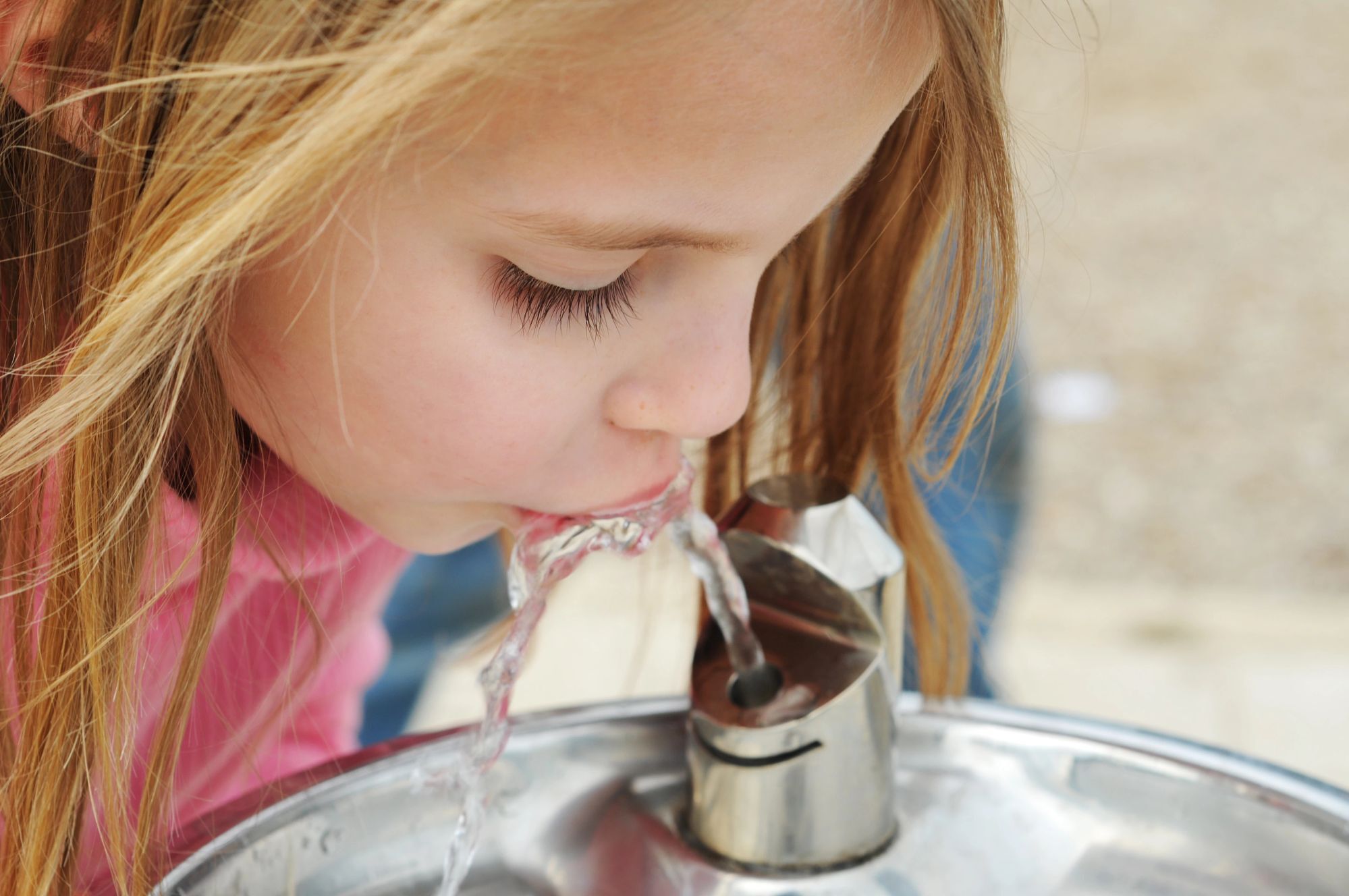Repairing Plumbing? Don’t Be Confused — Learn the Facts
Let’s be honest with ourselves. We don’t give much thought to the piping materials in our homes — until we decide to remodel the kitchen or the bathroom shower upstairs starts pouring into the downstairs family room.
So before you answer your contractor’s questions, let’s learn more about plumbing options and what to look for in terms of safety, reliability and value for your repair or remodel.
Our plumbing experts share what you need to know about plastic pipes and plumbing in your home.
Are Plastic Piping Materials Okay To Use in Your Home?
If the product is marked “NSF-61” or “NSFpw,” it has been certified to NSF/ANSI/CAN 61, the U.S. and Canadian national standard for safety when in contact with drinking water. This standard covers all plumbing materials used to supply drinking water, including plastic, brass and other materials for plastic piping systems and components. It includes testing of materials to help ensure that they do not leak any harmful levels of contaminants into the drinking water.How Do You Know if a Plastic Material Is Fit for a Specific Use?
Plastic products are tested and certified to the standard NSF/ANSI 14 and marked according to their end-use. Products marked “NSFpw” are for potable water. Materials used for potable water are also tested for long-term strength at their rated temperature and pressure. Products marked “NSFdwv” are for drain, waste and vent applications. The “NSFrfh” mark is for radiant floor heating applications. So look for the mark that applies to your installation.Independently Tested
If you look at any product, you will probably find ASTM or NSF standards numbers. A consumer doesn’t have to know what all of these mean. Still, you should know that NSF regularly conducts independent tests for health and safety on these products, inspecting manufacturing plants to verify that these standards are being met.Everything and the Kitchen Sink
From drinking water to radiant floor heating systems, the most common uses for plastic piping in the home include:
- Water service lines from the street to your home
- Within your home, distribution pipes deliver hot and cold water to your faucets, showers and appliances
- Draining from toilets, showers, sinks and appliances
- Drains, vents, electrical conduits, chemical waste and fire sprinklers
Sign Up for Tips for Better Living
Stay up to date with what matters most to you and your family.
Related Posts

Foodstuffs: How To Store and Heat Leftovers Safely

Kitchen Cleaning 101: Your Ultimate Guide to Optimum Kitchen Cleaning

Keeping a Clean Home, Especially When You Share It With Your Pet

loMT: Utilize Internal Information Security Expertise to Combat Cyber Risks
How NSF Can Help You
Get in touch to find out how we can help you and your business thrive.

What’s New with NSF

Michigan’s “Filter First” Law: A Guide for Schools and Childcare Centers
April 23, 2024
Healthy People Living on a Healthy Planet: The Future We’re Working For
April 4, 2024
American Meat and Egg Distributors Now California-Ready with NSF’s Prop 12 Certification
April 3, 2024